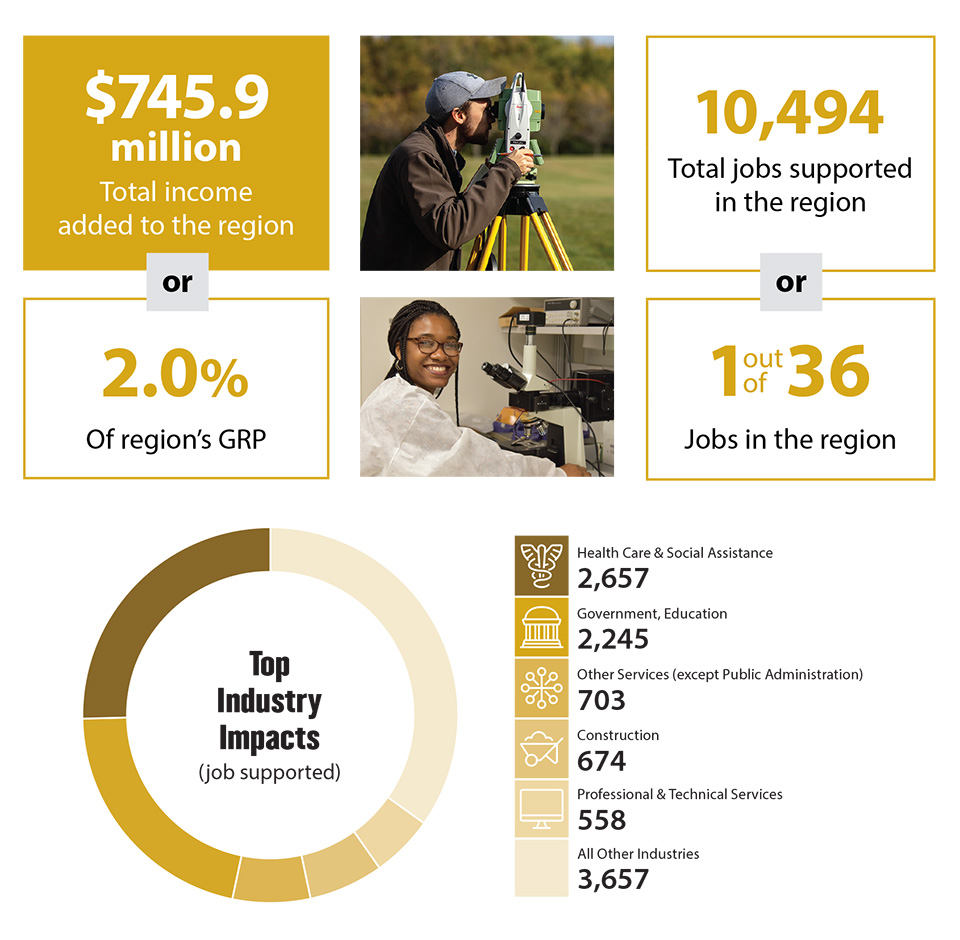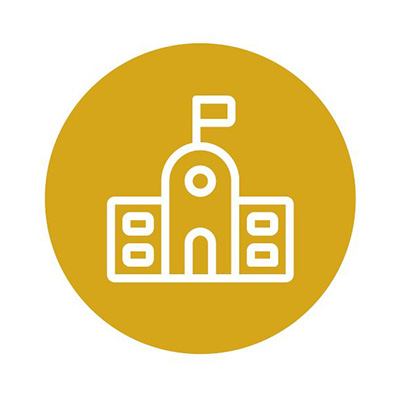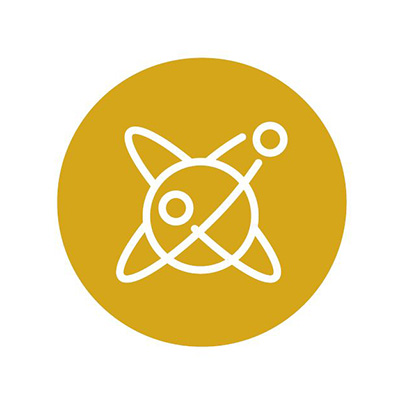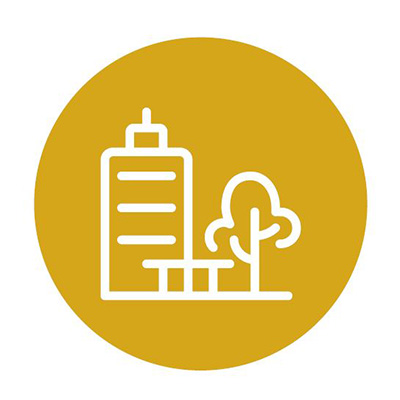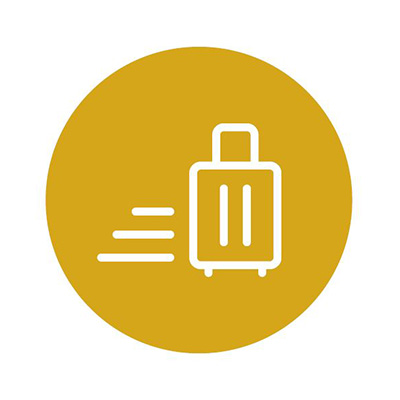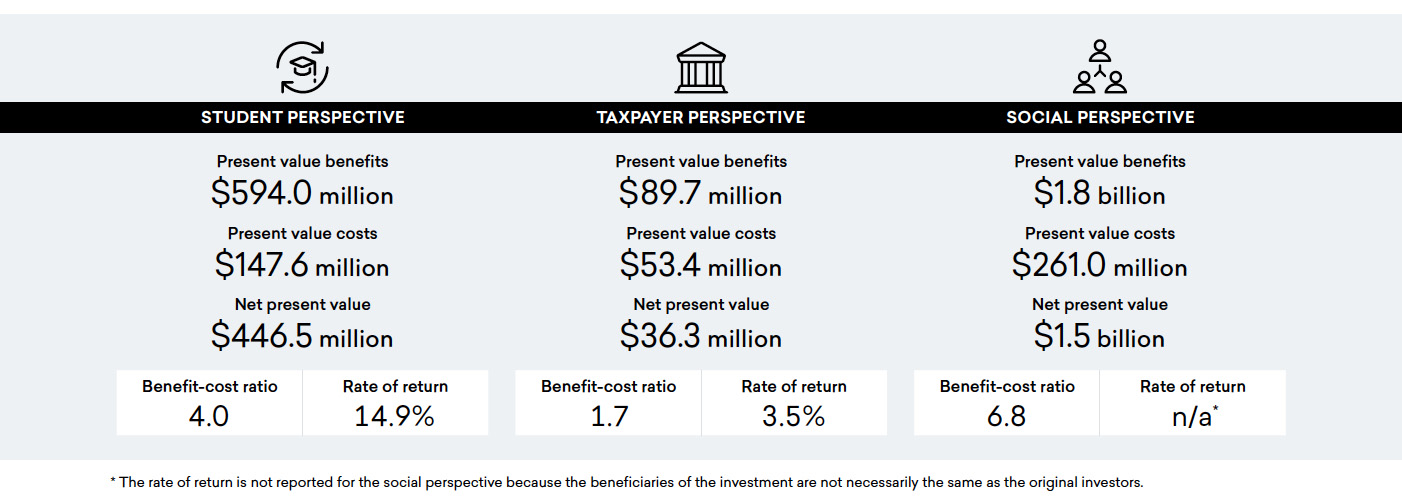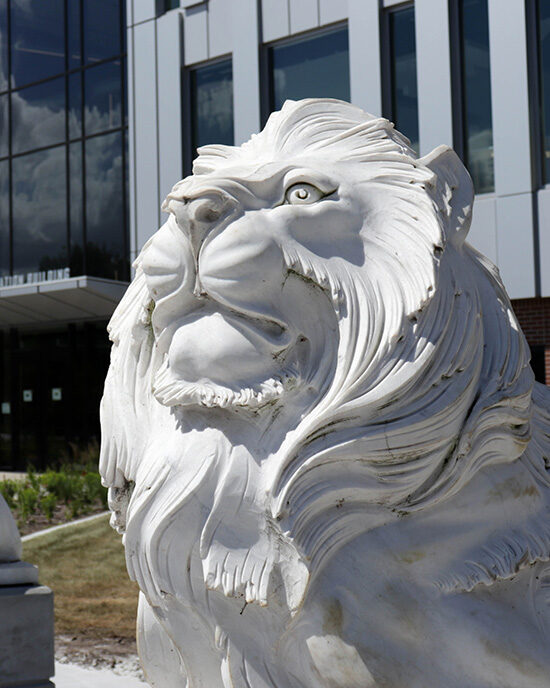
PNW Economic Impact
PNW changes lives—and helps to power the region we call home.
Our impact includes $745.9 million of total income, which accounts for 2 percent of gross regional product. That figure includes research conducted, start-ups launched and visitors welcomed.
Most importantly, it reflects the accomplishments of our students and alumni, who leave PNW ready to work hard, Power Onward and achieve their potential.
Source: Emsi Burning Glass Economic Impact Study
Impact by the Numbers
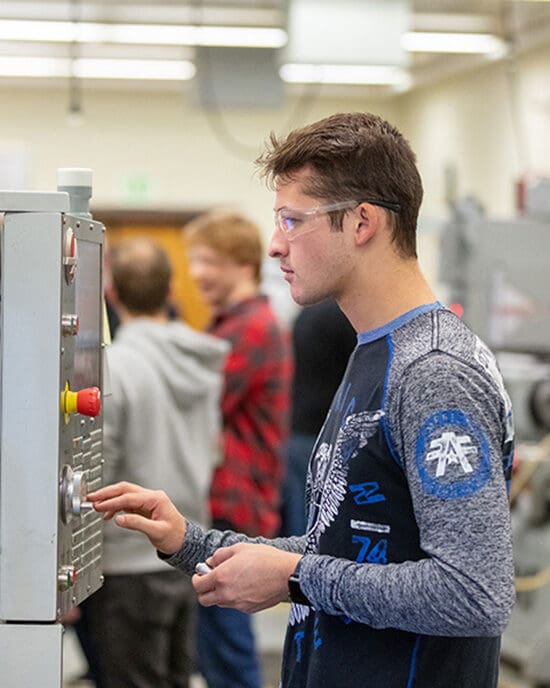
$745.9 Million Economic Impact
Between operations, construction, research, visitor and student spending, PNW’s economic impact is significant and supports 10,494 jobs.

$22,000 Earnings Increase
The average bachelor’s degree graduate from PNW will see an increase in earnings of $22,200 each year compared to someone with a high school diploma working in Indiana.

For Every $1 Spent
Students gain $4 in lifetime earnings, taxpayers gain $1.70 in tax revenue and public sector savings and society gains $6.80 in added state revenue and social savings!
The activities of PNW and its students support one out of every 36 jobs in the Northwest Indiana Region.

Investing in Our Region
Student Perspective
In return for their investment, PNW’s students will receive a stream of higher future earnings that will continue to grow throughout their working lives. For example, the average PNW bachelor’s degree graduate from FY 2019-20 will see annual earnings that are $22,200 higher than a person with a high school diploma or equivalent working in Indiana.
For every dollar students invest in PNW, in the form of out-of-pocket expenses and forgone time and money, they will receive a cumulative value of $4.00 in higher future earnings. Annually, the students’ investment in PNW has an average annual internal rate of return of 14.9%, which is impressive compared to the U.S. stock market’s 30-year average rate of return of 10.6%.
Taxpayer Perspective
PNW generates more in tax revenue than it takes. These benefits to taxpayers consist primarily of taxes that the state and local government will collect from the added revenue created in the state. As PNW students will earn more, they will make higher tax payments throughout their working lives.
For every dollar of public money invested in PNW, taxpayers will receive a cumulative value of $1.70 over the course of the students’ working lives. The average annual internal rate of return for taxpayers is 3.5%, which compares favorably to other long-term investments in the public and private sectors.
Social Perspective
Society as a whole in Indiana benefits from the presence of PNW in two major ways. Primarily, society benefits from an increased economic base in the state. This is attributed to the added income from students’ increased lifetime earnings (added student income) and increased business output (added business income), which raise economic prosperity in Indiana.
Benefits to society also consist of the savings generated by the improved lifestyles of PNW students. Education is statistically correlated with a variety of lifestyle changes that generate social savings. The benefit-cost ratio for society is 6.8, equal to the $1.8 billion in benefits divided by the $261 million in costs.
PNW’s Rate of Return
PNW is a strong investment for all three major stakeholder groups—students, taxpayers, and society. Students receive a great return for their investments in a PNW education. At the same time, taxpayers’ investment in PNW returns more to government budgets than it costs and creates a wide range of social benefits throughout Indiana.
